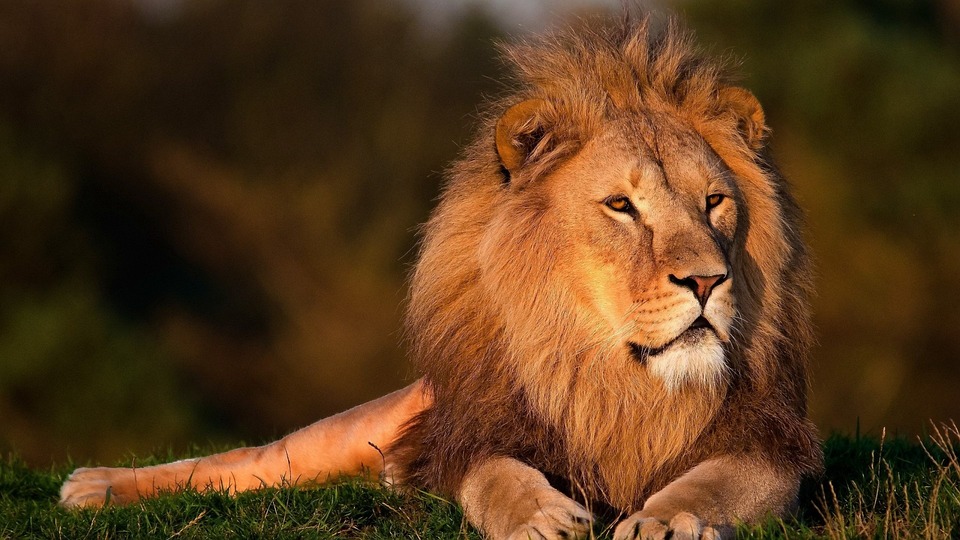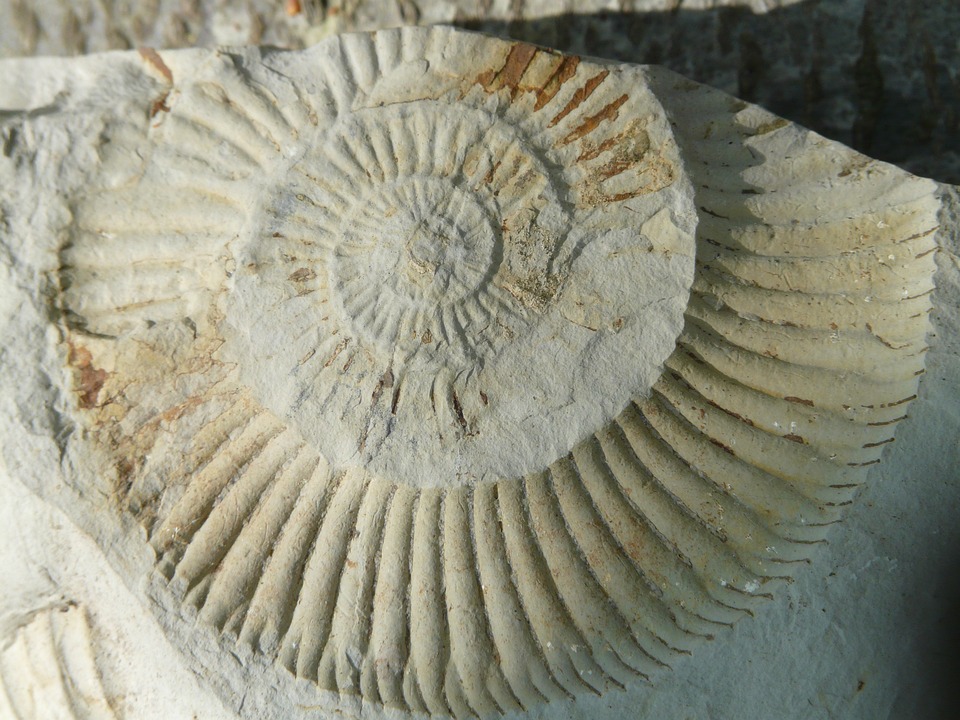The King of the Jungle: Jaguars 101 – An In-Depth Look at the Elusive Big Cat
Visual: [An image that showcases a majestic jaguar prowling through the lush foliage of a dense jungle.]
From the ancient Mayan temples to the mythologies that have persisted for centuries, the jaguar (Panthera onca) stands as a powerful and enigmatic figure. Wildly revered for its grace, power, and beauty, the jaguar is aptly referred to as ‘the King of the Jungle’. This article, The King of the Jungle: Jaguars 101, offers an in-depth look into the lives of these elusive big cats, their habitats, behaviors, and the threats they face. Accompanying this enlightening read is an image capturing the heart and mystery of the jaguar in its natural habitat – a reminder of the urgent need to preserve these majestic creatures and their home.
Jaguar Habitat
Jaguars are versatile and adaptable creatures inhabiting a vast range of environments, including the dense tropical rainforests of Central and South America, the dry deciduous forests in Mexico, and even open savannas. They thrive near water sources, often seen lounging by rivers, and occasionally rummage wooded areas for smaller prey.
Morphology and Behavior
The jaguar’s appearance is undeniably intimidating, characterized by their robust build, large mandible, and well-armed jaws. Adorned in a coat of spots or rosettes, jaguars boast unique markings that provide excellent camouflage within their habitats. These solitary and territorial creatures are fiercely territorial, often marking their territories with urine and claw markings, and are also opportunistic hunters – feeding on a wide array of prey including fish, reptiles, birds, and small mammals.
Threats to Jaguar Populations
Jaguar populations are under severe threat from habitat loss, fragmentation, and conflict with humans. Expanding agriculture, urban development, and highly controversial culling efforts for livestock protection have significantly reduced jaguar populations in many parts of their natural range. Combined with unsustainable hunting practices and the illegal wildlife trade, the future of these elusive big cats hangs in the balance.
Conservation
Despite the grim outlook, there is hope for the future of jaguars. Numerous conservation efforts have been launched to protect and enhance jaguar habitats, as well as limit human-jaguar conflict. Organizations like Panthera and Wildlife Conservation Society lead initiatives aiming at preserving jaguars and their ecosystem, while grassroots efforts fueled by local communities and researchers provide invaluable data to aid in these efforts.
FAQs
Now, let’s address some frequently asked questions about jaguars:
Q: Are jaguars the most powerful cats in the world?
A: Jaguars are widely credited with having the most powerful bite proportionate to their size among big cats, but this is a subjective claim – other big cats such as tigers are generally larger and weigh more.
Q: What is the jaguar’s approximate lifespan?
A: Jaguars can live for up to 12-15 years in the wild, but in captivity, they can live much longer, typically up to 25 years.
Q: Are jaguars good swimmers?
A: Indeed, jaguars are excellent swimmers. They are often seen swimming rivers and lakes, especially in pursuit of aquatic prey.
Q: How many jaguars are left in the wild?
A: Savouring their domains from southeastern Arizona to northern Argentina, jaguars hold a total estimated wild population of about 15,000 individuals. However, two-thirds of them inhabit Mexico.
Q: Are Jaguars endangered?
A: Jaguars are listed as Near Threatened by the International Union for Conservation of Nature (IUCN) Red List. Their populations have drastically declined over the years, given the aforementioned threats.
To conclude, jaguars are more than just the mythical big cats of the jungle: they’re vital ingredients to the biodiversity of their habitats and act as top predators in their ecosystems. With vital conservation efforts and responsible human intervention, we can ensure that our king of the jungle maintains its reign for many generations to come.



